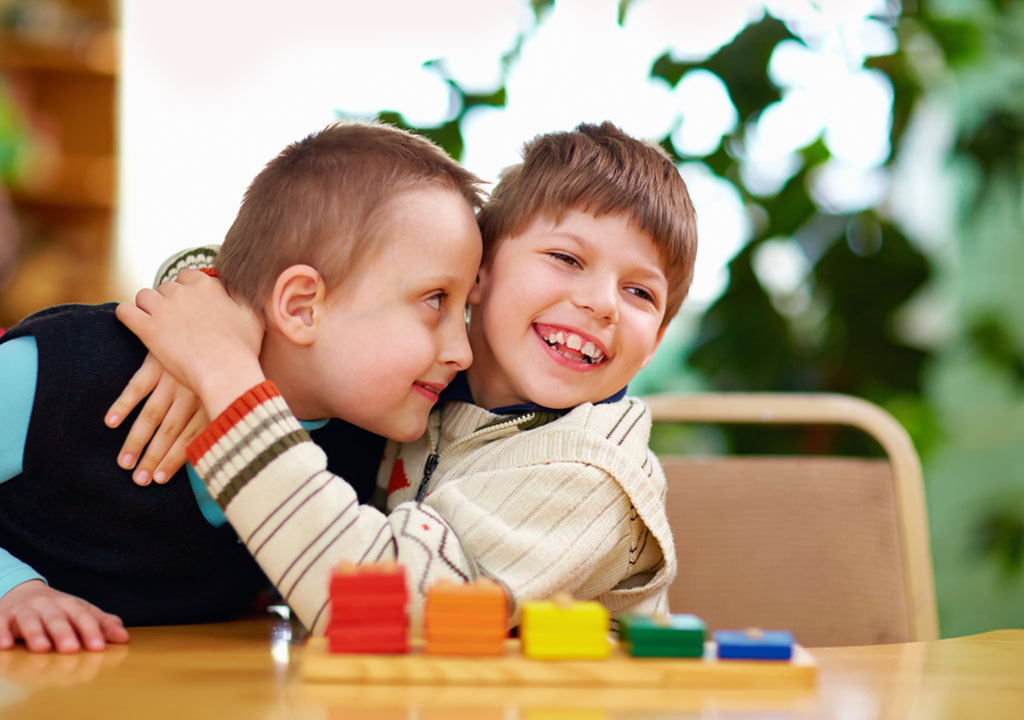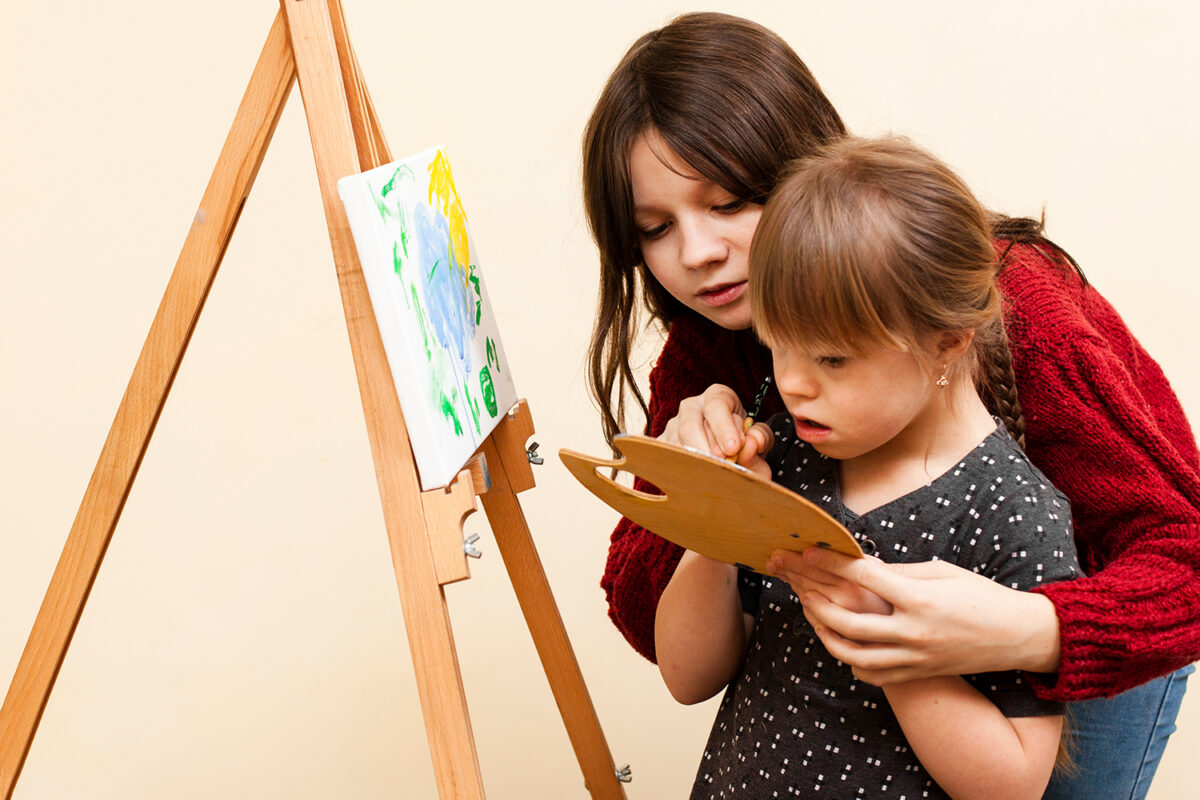Cerebral Palsy – Types & Associated Conditions
In this modern world children born with developmental delay and cerebral palsy are increasing at an alarming rate. The main reasons of delayed identification of these cases are because of the lack of knowledge among common people thus not diagnosing this at an early stage.
Children show different issues depending on the part of the brain that got damaged. In some cases, all four limbs are affected and the child’s movement is restricted and will result in weak torso. In such case the child will show symptoms like difficulty in standing, holding things. Depending on the severity of the damage some children show the effects on three, two or one limb.
Types Of Cerebral Palsy
The most common type of cerebral palsy is known as spastic cerebral palsy happens due to the damage of the motor cortex damage. This causes the muscles to become stiff and tight.
Dyskinetic cerebral palsy also known as athetoid cerebral palsy occurs due to the basal ganglia damage. This causes the child to have involuntary movement of the body since the brain doesn’t have proper control over muscles.
Axatic cerebral palsy is another type that affects due to the damage of the cerebellum. This causes shaky movements and affects a person’s balance and sense of positioning in space.
Mixed cerebral palsy means that someone’s brain is injured in more than one location and they will experience symptoms from multiple types of CP.
Some of the associated conditions which are associated with cerebral palsy are pain, intellectual disability, behavioral disorder, bladder intolerance, sleep disorder, respiratory disability etc. Children with Cerebral Palsy often have impaired oral motor control, which means they have difficulty controlling the muscles in their mouth and throat. This can lead to problems with feeding (sucking, chewing, etc.) and dysphagia, or difficulty swallowing.
Though it is considered not curable, there is hope in cases with early diagnosis, scientific treatment and regular follow-up. Proper medical evaluation along with imaging studies like X-ray, CT scan, MRI scan or EEG can give the diagnosis along with blood tests and genetic tests if needed.
Studies are showing that most cases of CP children respond well to an integrated approach with Ayurveda medicines and Panchakarma when combined with other therapies. It also helps to reduce or nullify the probable adverse effects of many other medications, too.
At Jeevaniyam we do the early detection and intervention for young infants. Here many treatment modalities are used from time to time according to the clinical manifestation and conditions as discussed above and all the therapies are applied after proper evaluation and examination. This helps the kids to achieve their social smile.


